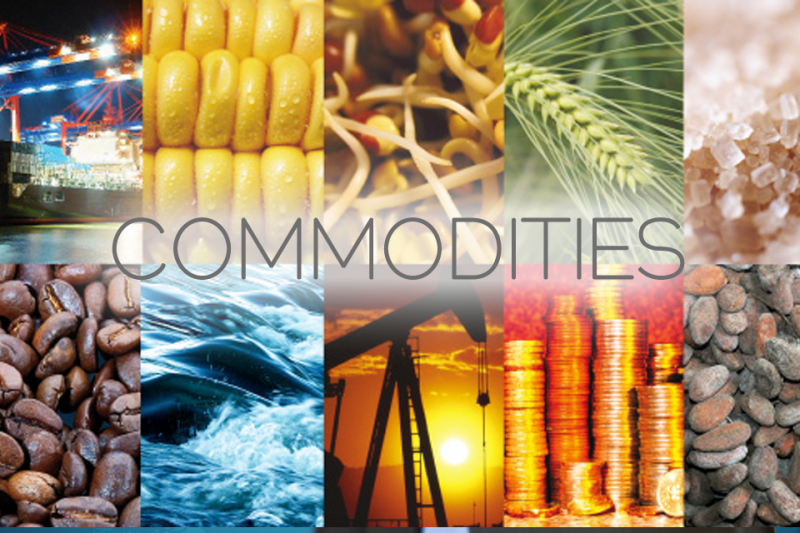Russian crude oil – Weekly bulletin #3
Price movement


As recently as the beginning of October, Brent’s barrel was trading at around $ 87 per barrel, while the forecast was 100$. Since then, the commodity has suffered a series of unprecedented losses, affected by both an overabundance of supply and a decline in demand. Oil is now estimated at nearly half of what it was two months ago, after recording its biggest drop in a day for the past three years.
The anticipated cut in supplies precipitated by US sanctions on Iranian oil has not materialized, thanks to the unexpected administration of the Trump government which granted exemptions to eight countries, including major importers, China and India. Most disturbing, this abundance of supply could account for only about 15% of the current price decline, the rest being caused by depressed demand linked to a sluggish economy.
Crude oil prices fell further today after the Energy Information Administration announced crude oil inventories for the week leading up to Nov. 23 adding 3.6 million barrels and 3.453 million barrels for the current week. This is comparable to a production of 4.9 million barrels a week earlier.

Supply and demand dynamic
Crude oil prices lost more than 1 USD/bbl in Wednesday night trade after US crude inventories rose more than expected, for the week ended Nov. 23. However, lower gasoline inventories in the United States and higher crude oil exports to the United States provided bullish support in an otherwise bearish report from the Energy Information Administration.
US crude exports jumped from 473,000 bpd to 2.44 million bpd last week, after three consecutive declines while US gasoline inventories fell 764,000 barrels around 224,55 million barrels still stored revealed the EIA data. This was contrary to analysts’ expectations regarding a construction of 141,000 barrels.
The recent fall of the market to about $60/b did not bother Russia because its budget expenditure side is based on a price of 40$ per barrel, said Putin in Moscow. Although he declared himself willing to cooperate with OPEC “if necessary”, Russia remains in a wait and see position.
Russia’s crude oil exports to India are expected to increase in the near future and could become more attractive when the United States waiver for the purchase of Iranian crude oil expires, said Vice President of the Essar Group on Wednesday, Ravi Ruia.
In October, before the lifting of sanctions was approved, Nayara’s president, B. Anand, told S&P Global Platts that the company would request additional purchases of crude oil from Iraq, Saudi Arabia , Mexico and Brazil, as well as the merger of the Urals with Russia dry.
Recommendation for the future

Saudi Energy Minister Khalid al-Falih said in Abuja, the Nigerian capital, that the OPEC / non-OPEC coalition must make a “collective decision” to balance the oil market and stabilize prices. This could include production cuts, although he was careful to point out that no proposal had yet been finalized. The coalition is preparing a meeting in Vienna on the 6 of december.
Looking at the latest forward curve, we can see a slight contango foreseen by the market and therefore, we still recommend to be long on russian crude.
Sources :
‘China’s Russian Oil Imports Hit Record High, Iran Intake Slumps’. OilPrice.com. Accessed 28 November 2018. https://oilprice.com/Latest-Energy-News/World-News/Chinas-Russian-Oil-Imports-Hit-Record-High-Iran-Intake-Slumps.html.
‘Oil Falls On Crude Inventory Build’. OilPrice.com. Accessed 29 November 2018. https://oilprice.com/Energy/Crude-Oil/Oil-Falls-On-Crude-Inventory-Build.html.
‘Russia Isn’t Interested In Joining New OPEC-Led Oil Output Cuts’. OilPrice.com. Accessed 29 November 2018. https://oilprice.com/Latest-Energy-News/World-News/Russia-Isnt-Interested-In-Joining-New-OPEC-led-Oil-Output-Cuts.html.
‘Saudi Arabia To Raise Oil Shipments To China’. OilPrice.com. Accessed 29 November 2018. https://oilprice.com/Latest-Energy-News/World-News/Saudi-Arabia-To-Raise-Oil-Shipments-To-China.html.
‘Saudis Boosted Oil Exports, Pumped At Record Level In Early November’. OilPrice.com. Accessed 27 November 2018. https://oilprice.com/Latest-Energy-News/World-News/Saudis-Boosted-Oil-Exports-Pumped-At-Record-Level-In-Early-November.html.
‘The Biggest Losers Of The Current Oil Price Slump’. OilPrice.com. Accessed 29 November 2018. https://oilprice.com/Energy/Crude-Oil/The-Biggest-Losers-Of-The-Current-Oil-Price-Slump.html.
‘Urals-Brent Price Difference’. Neste worldwide, 19 February 2015. https://www.neste.com/corporate-info/investors/market-data/urals-brent-price-difference-0.



























